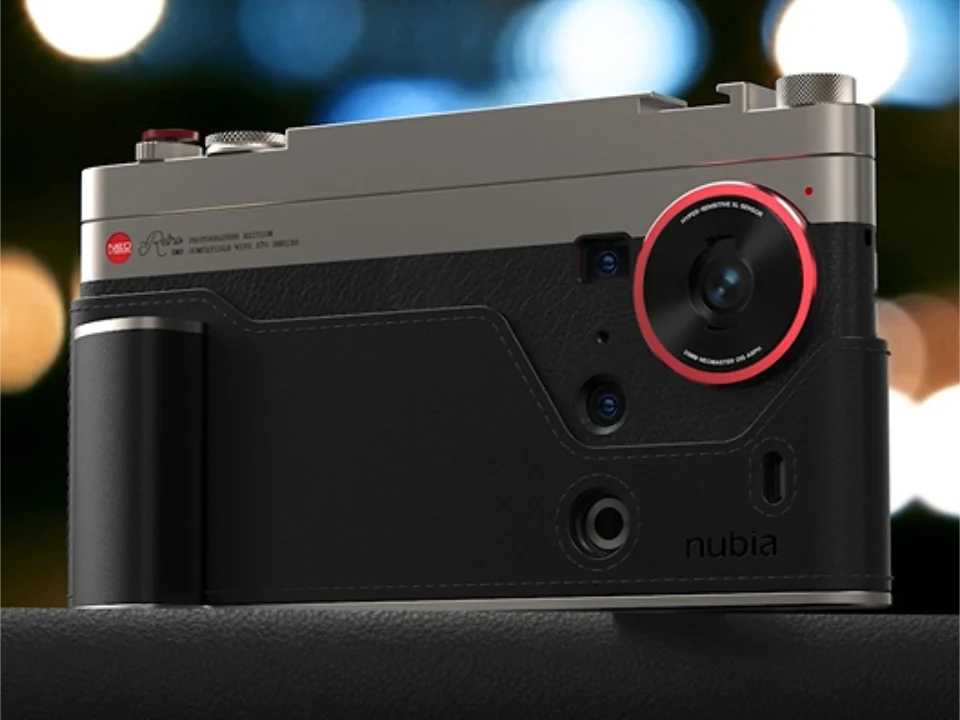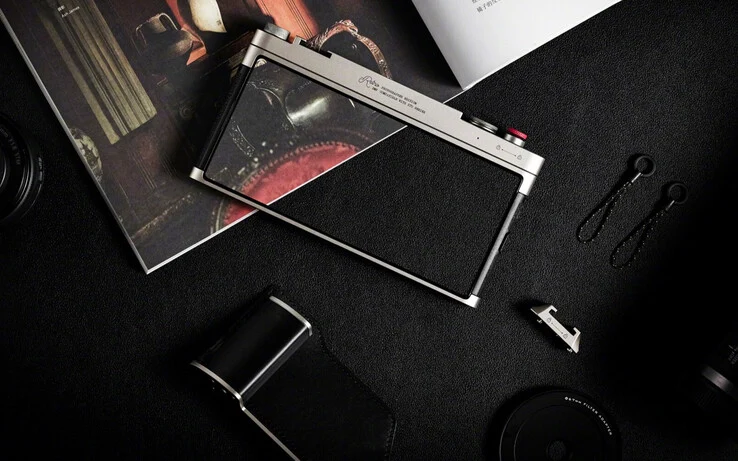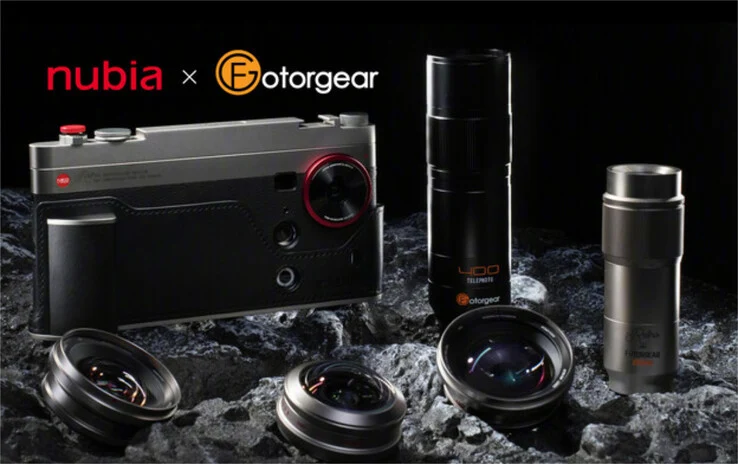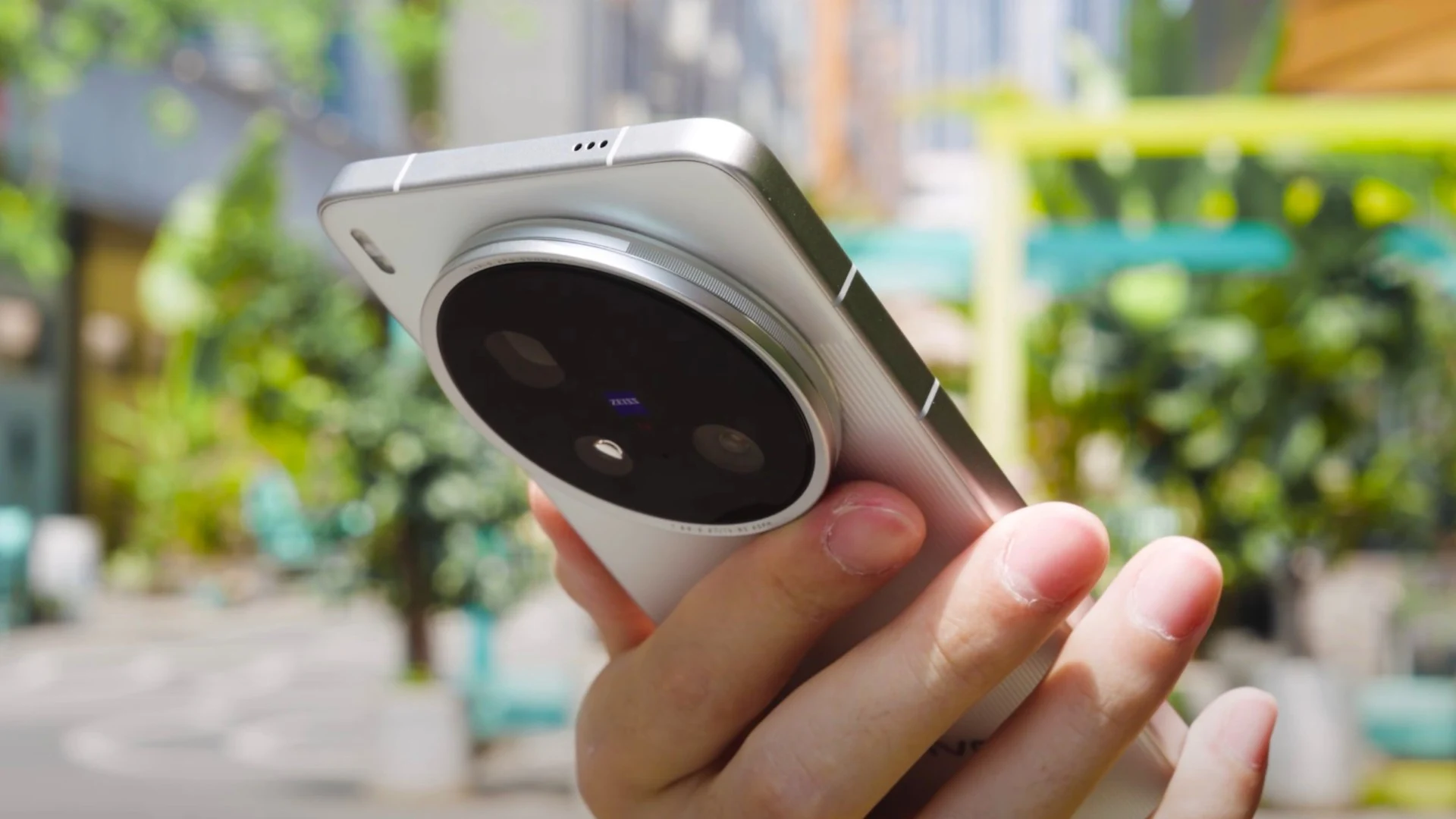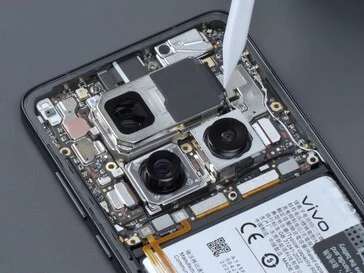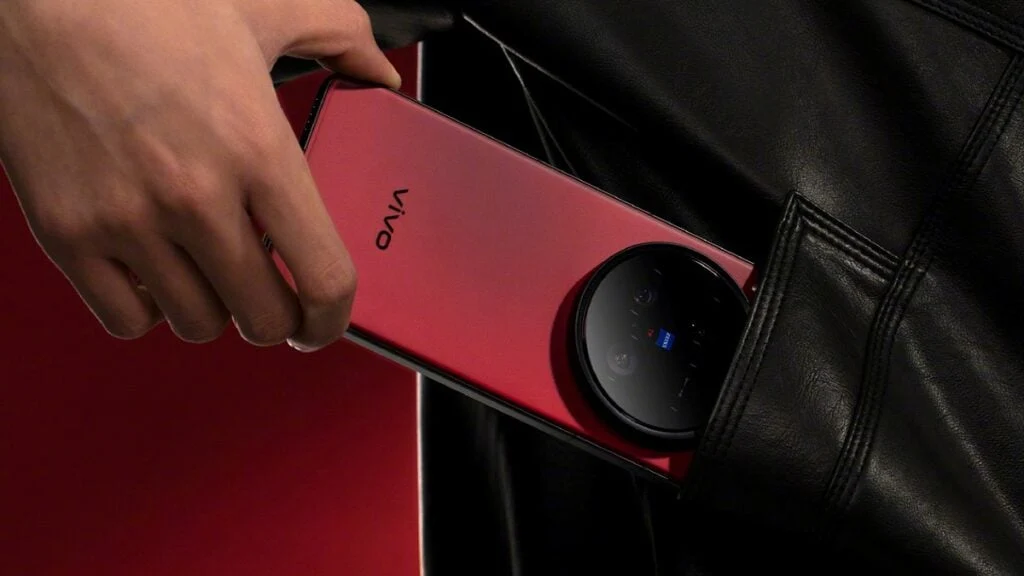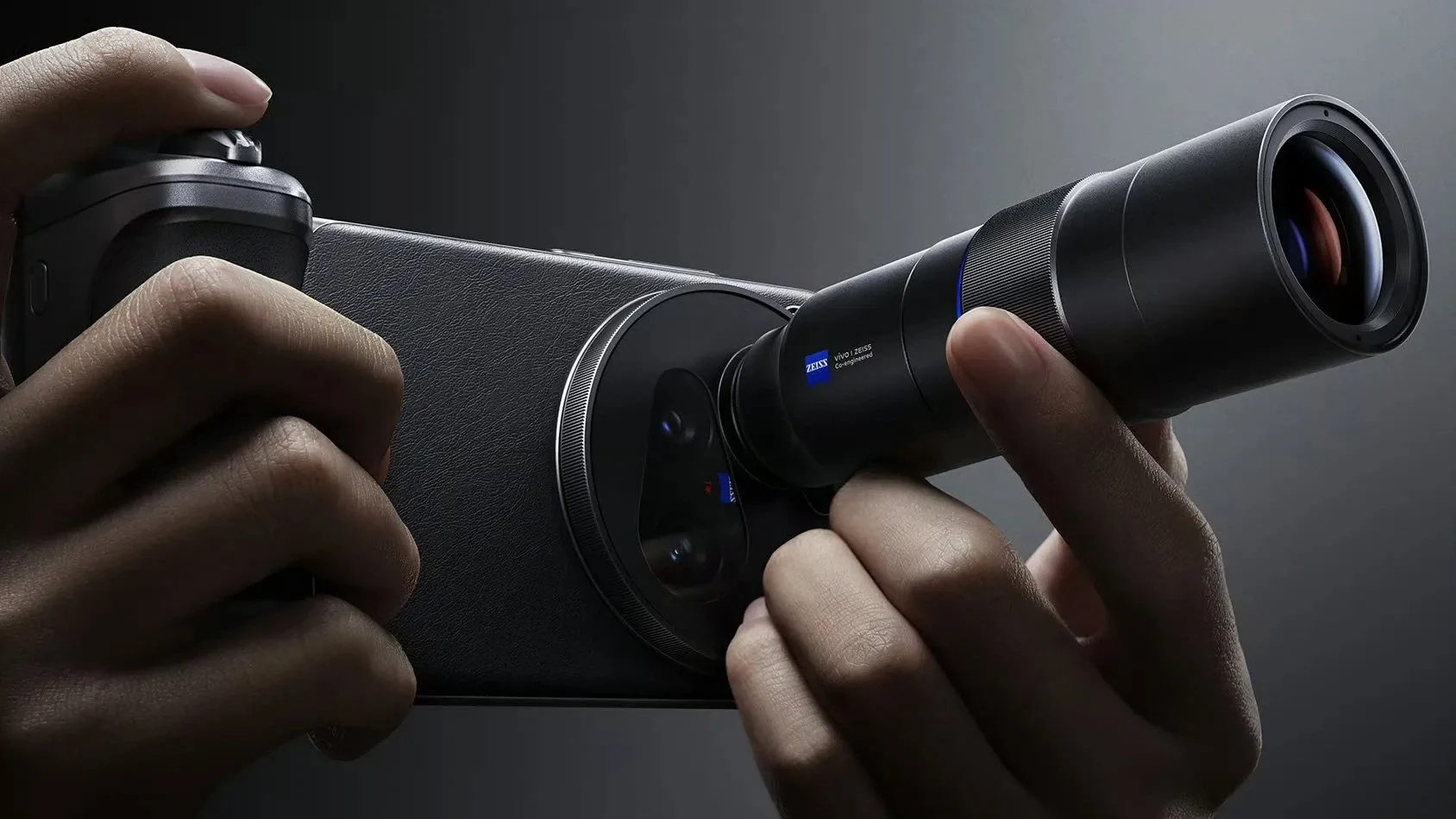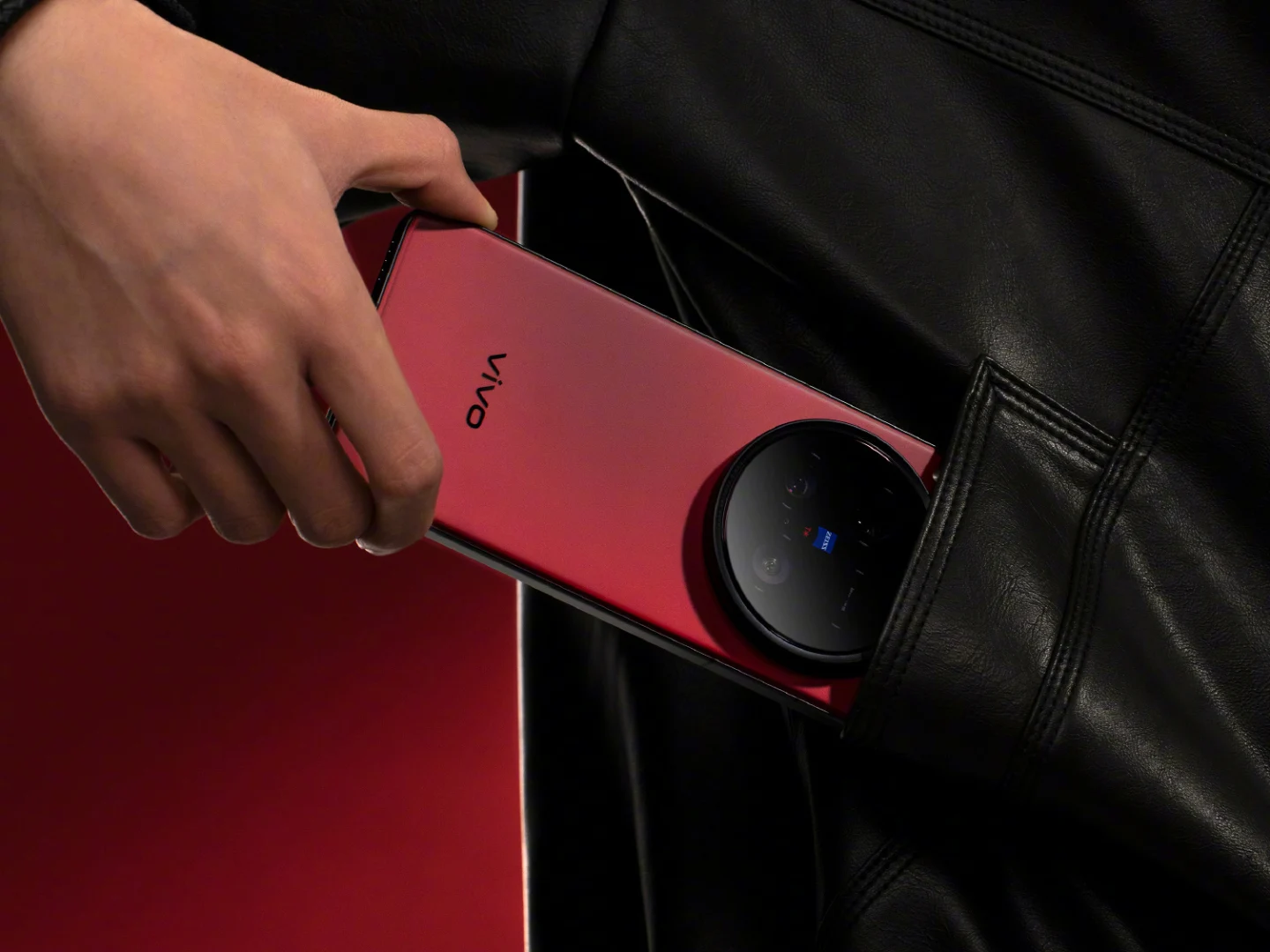Key Takeaways
1. The Honor X9b’s camera initially underperformed despite promising hardware specs, producing dull and flat images in bright conditions.
2. A significant software update two years later greatly improved the camera’s performance, enhancing dynamic range and color accuracy.
3. Post-update, the camera effectively managed tricky lighting situations, resulting in clearer and more vibrant images.
4. The improved AI scene detection and exposure control made the Honor X9b a more reliable tool for everyday photography.
5. The article highlights the importance of software updates in enhancing a smartphone’s value and camera capabilities over time.
At the beginning, the Honor X9b’s camera had a lot of potential that wasn’t fully realized. Although its hardware specs looked good, the actual performance left much to be desired.
Underwhelming Performance
In bright sunlight, such as in South Africa, the camera often produced flat images, with blown-out highlights and poorly defined shadows. The colors tended to be cool and muted, and aggressive processing usually found in earlier mid-range devices blurred fine details, like those in animal fur or grass.
I took some initial photos in 2023 at the Cradle Moon Lakeside Game Lodge in Gauteng, South Africa. I was able to capture zebras walking through the area, but sadly, the photos looked dull. The stripes blended into a washed-out coat, and the bright sky turned into a flat, overexposed white, showcasing the camera’s limited dynamic range.
A Transformative Update
Nearly two years later, a significant software update made a big difference for the Honor X9b. I decided to test it again at the Lion and Safari Park, under similar lighting conditions. To my surprise, the camera produced much better results.
The improved dynamic range was noticeable right away. The sky maintained its vibrant blue without losing shadow details in the foreground. Colors appeared true-to-life, capturing the natural greens of the bushveld and the warm earthy tones of the animals. Fine details, like the texture of a coat or the rough patterns on a rock, were much clearer.
Improved Reality
The giraffe photo tells a similar tale. My shots before the update captured zebras but lost the overall scene due to an overexposed sky and blurry background foliage. After the update, the camera’s enhanced exposure control resulted in a well-balanced image with rich, accurate colors and clear separation between the giraffe and its surroundings.
This change was not just about how the photos looked; it made the Honor X9b a much more practical and reliable camera. Originally, the software required manual exposure tweaks or edits in different apps, but the new firmware now handles tricky lighting much better.
Now, backlit scenes are managed well, and the AI scene detection balances tones without oversaturating. This boosts the Honor X9b’s standing in the competitive mid-range market, where software improvements are usually the real indicator of a smartphone camera’s value.
The Power of Updates
The Honor X9b showcases how software can truly change the life and significance of a smartphone and its camera. What began as an average shooter has grown into a really capable tool for everyday photography.
The stark contrast in results from different locations and times clearly indicates how far the device has come, reminding us that a phone’s value can increase significantly even after it leaves the box and receives continual updates.
Source:
Link











